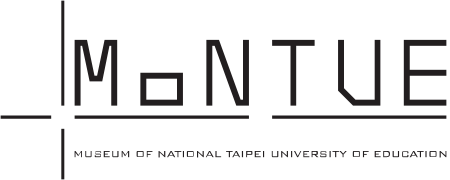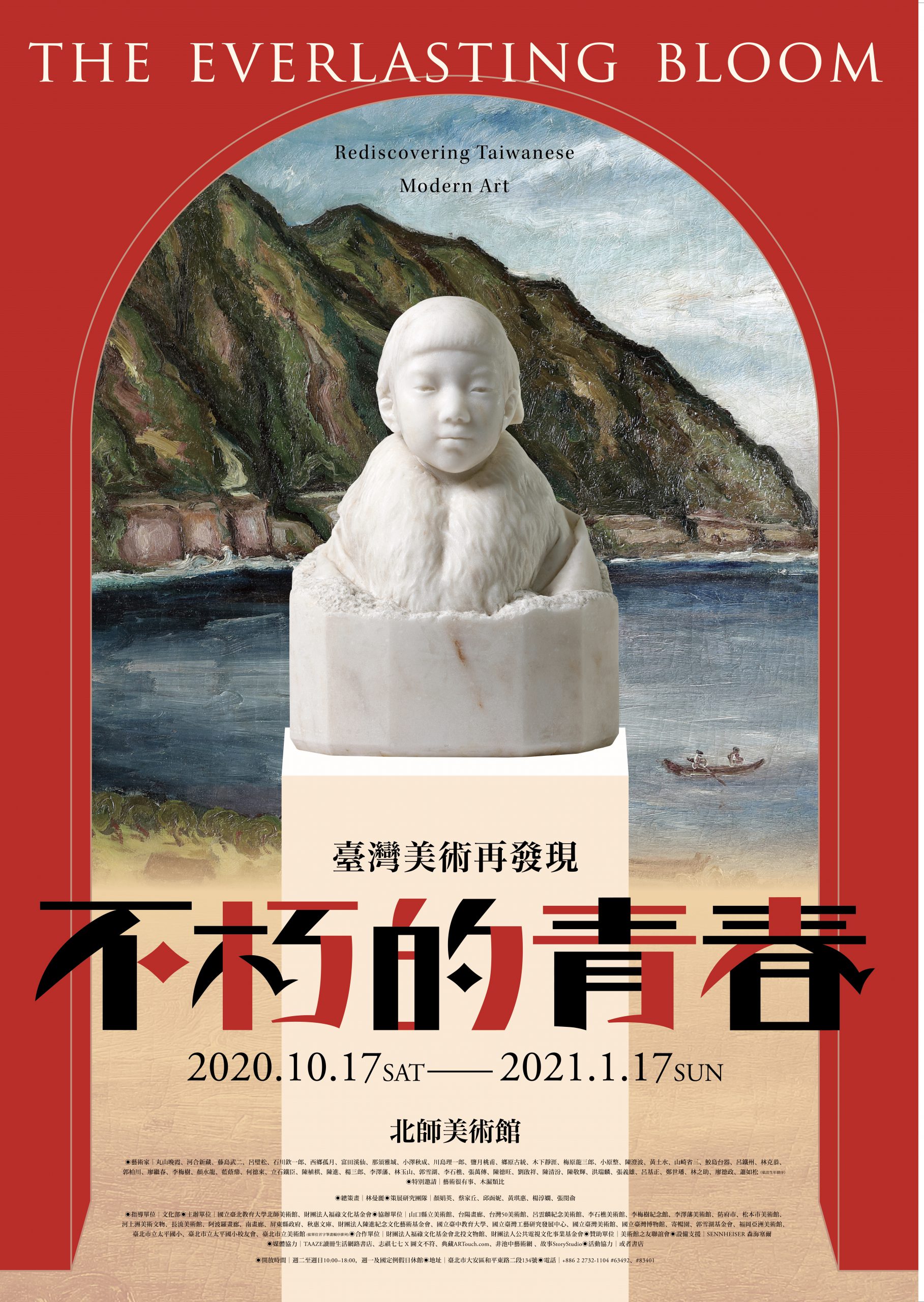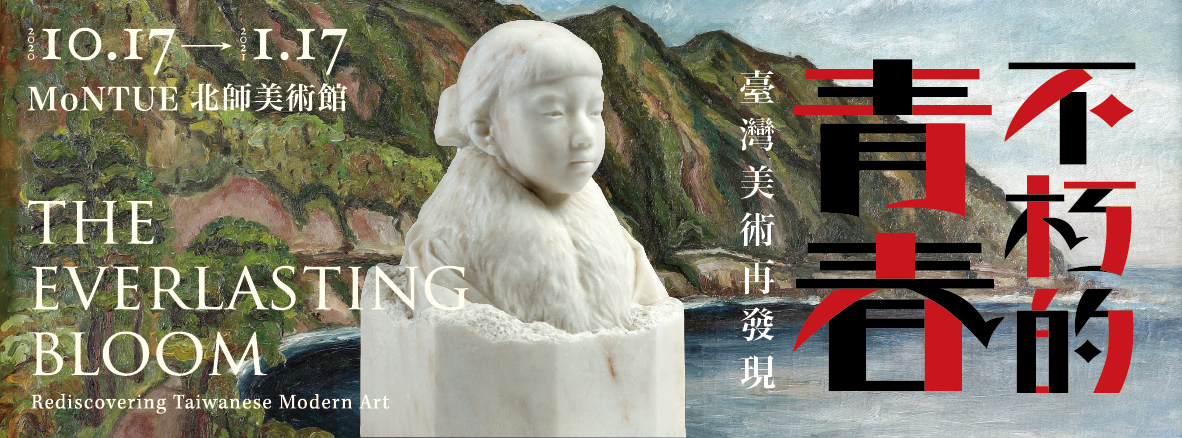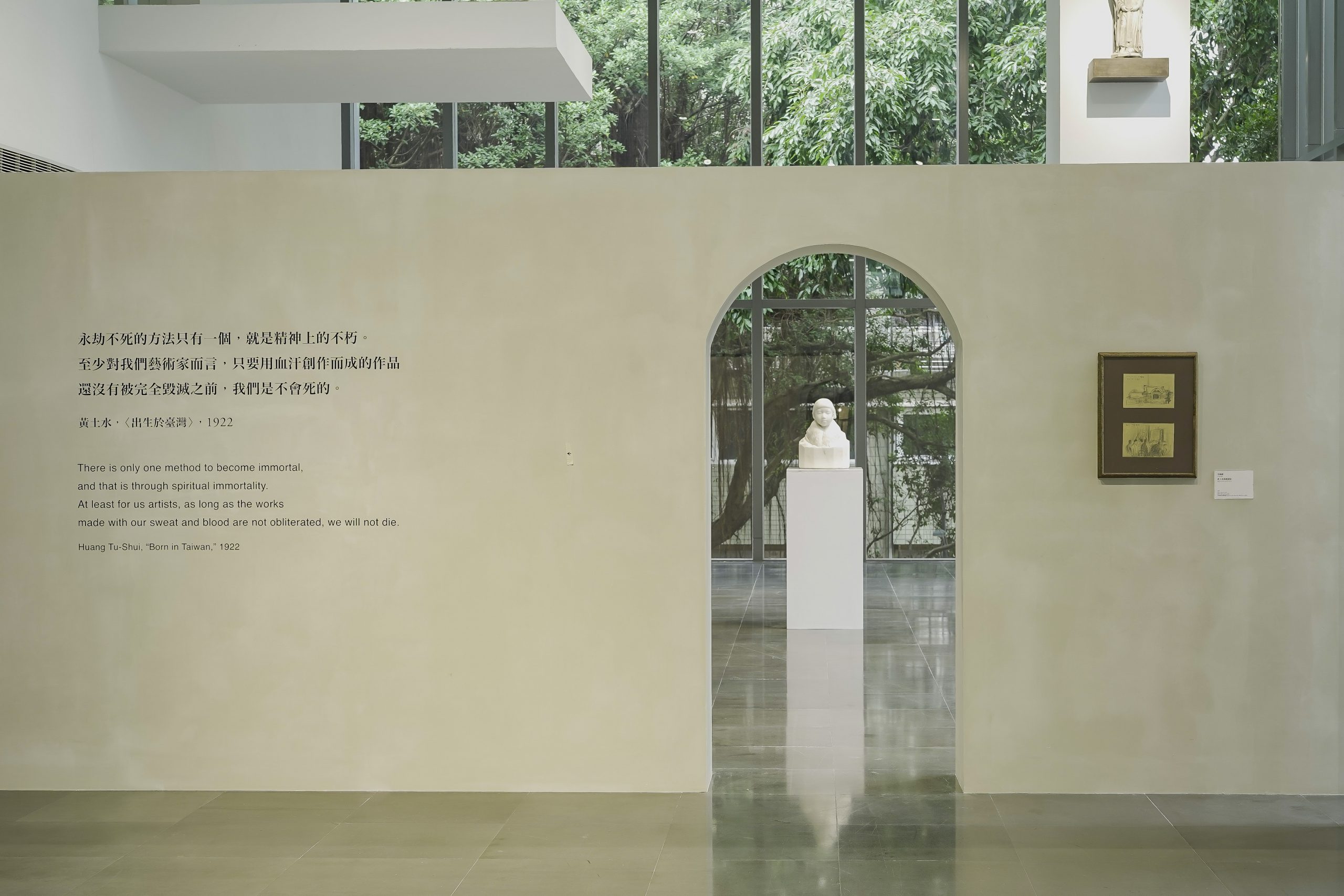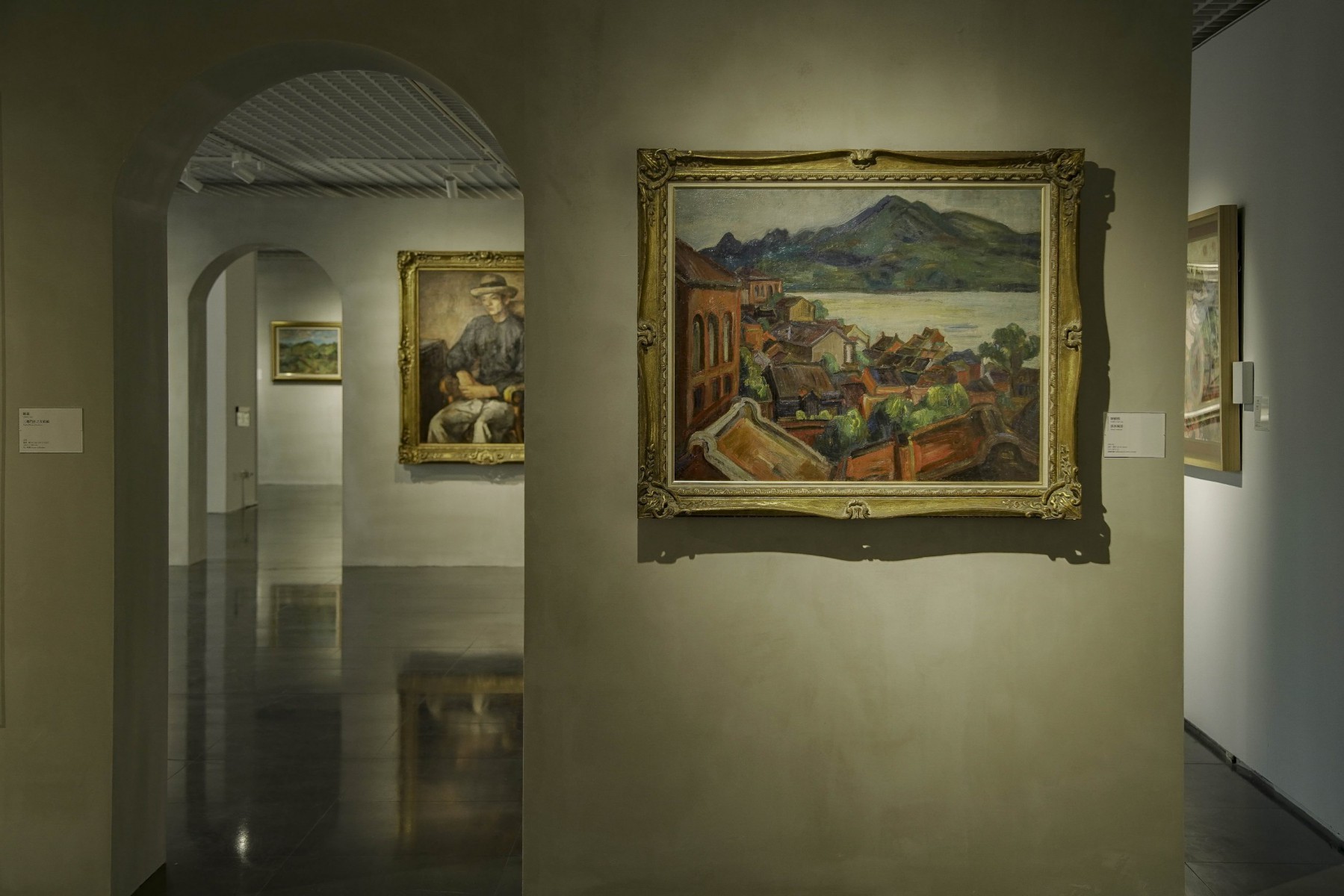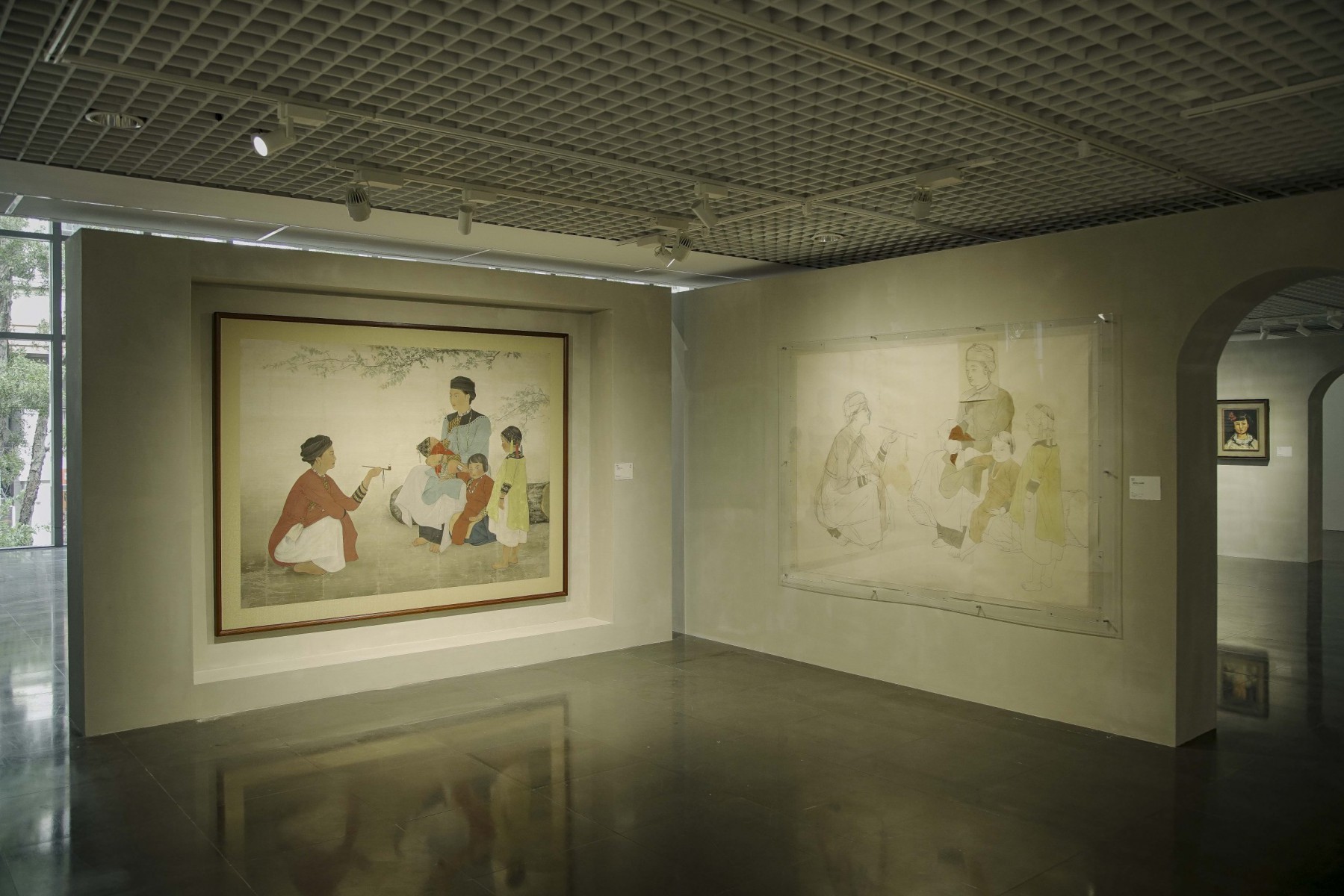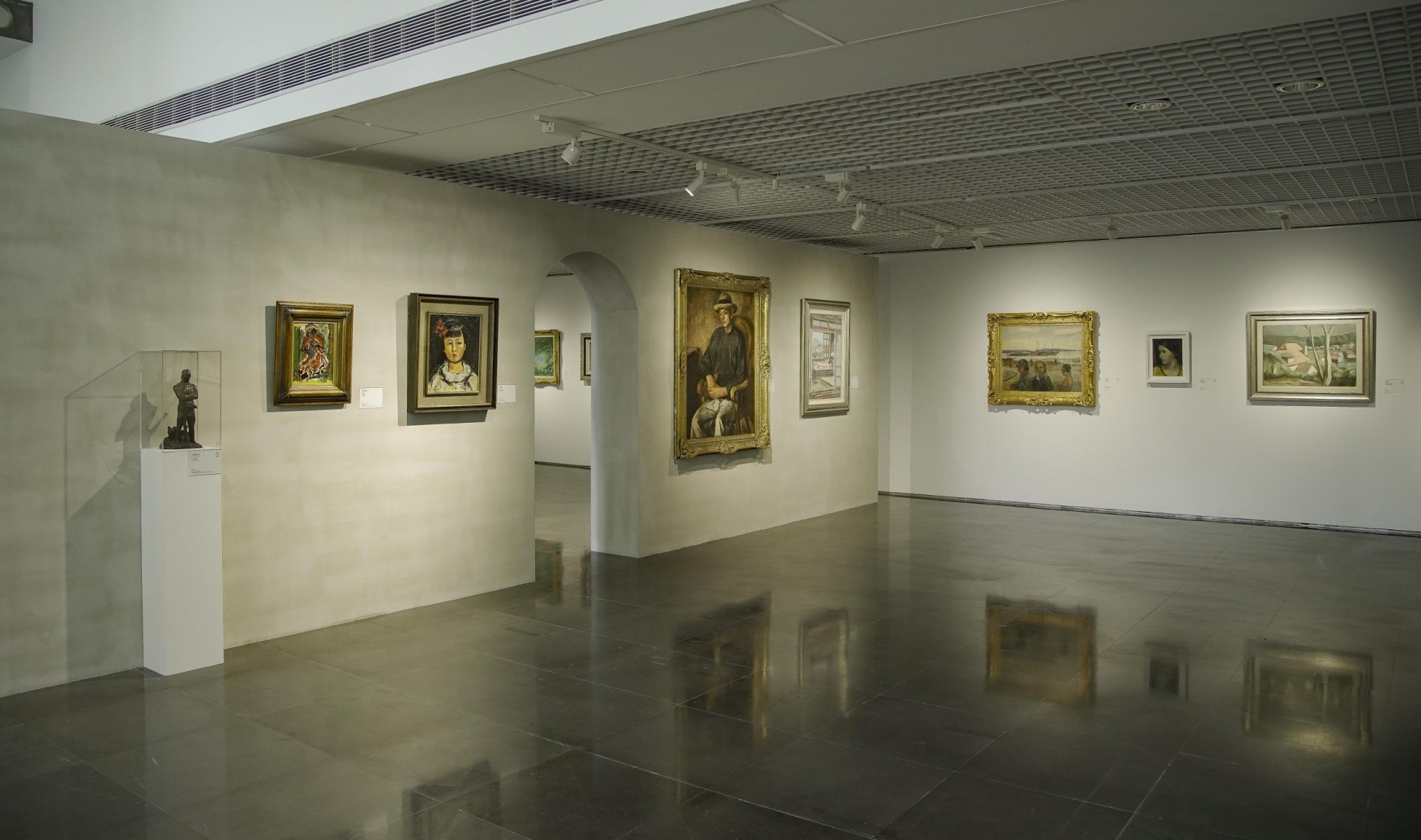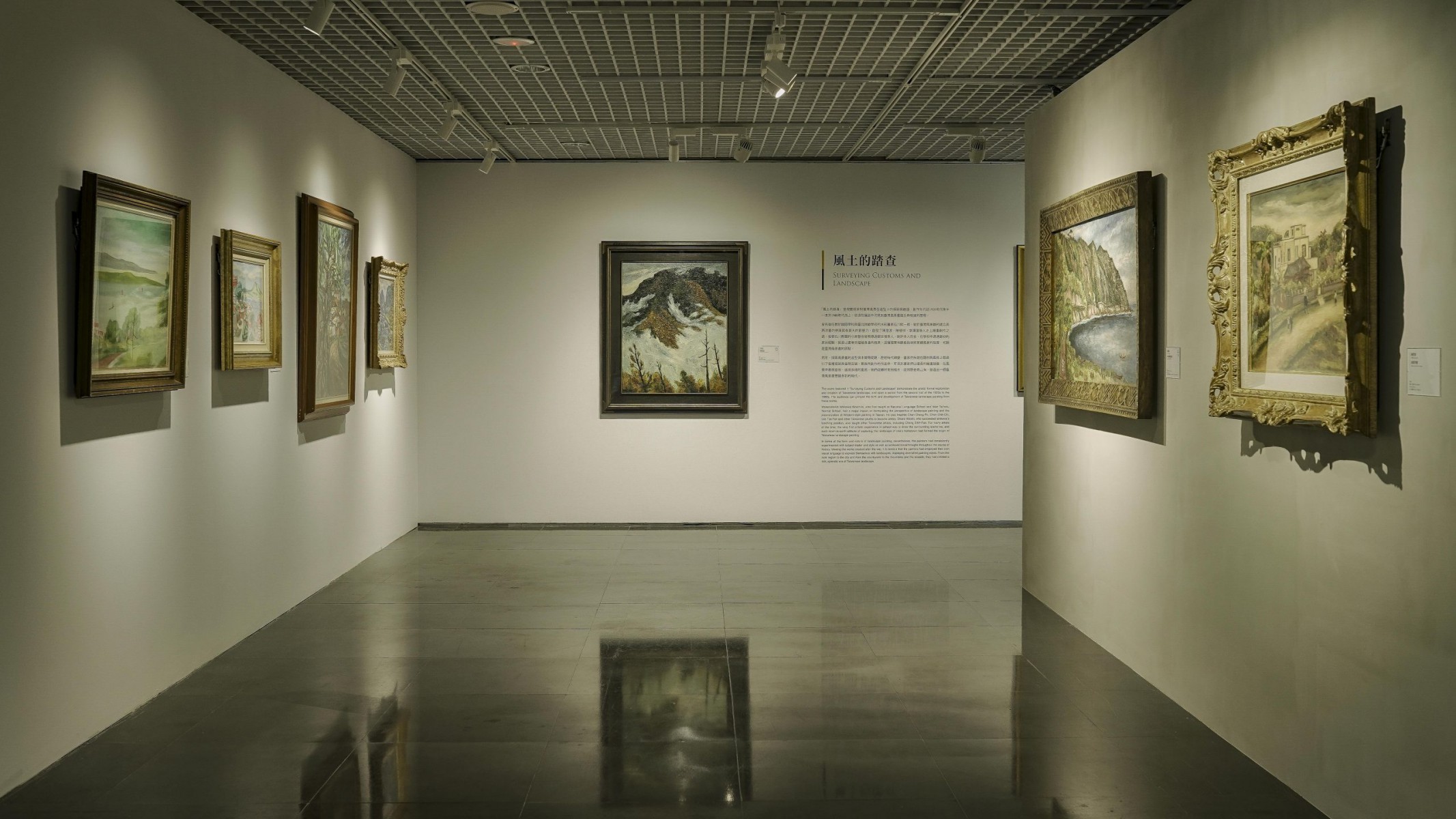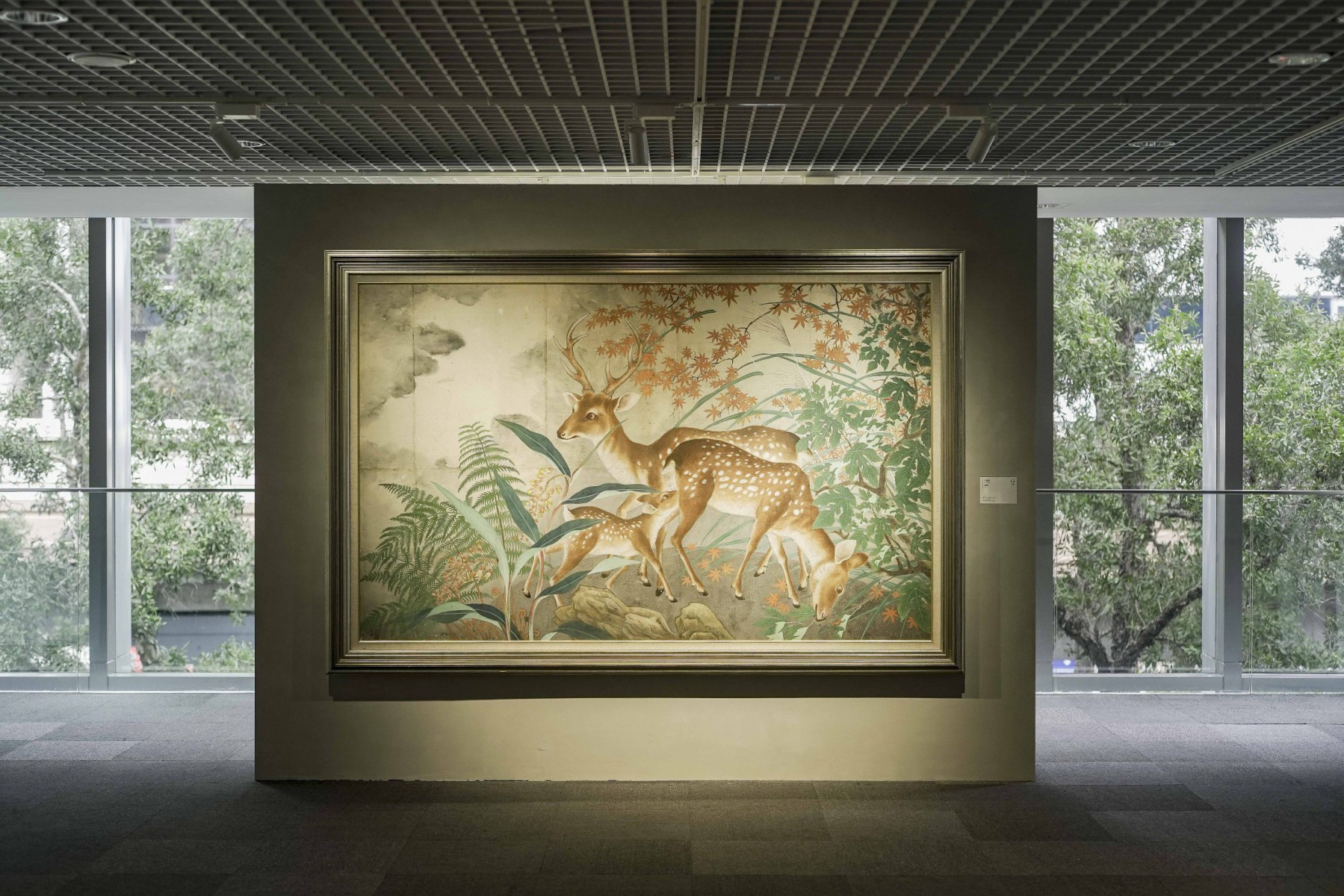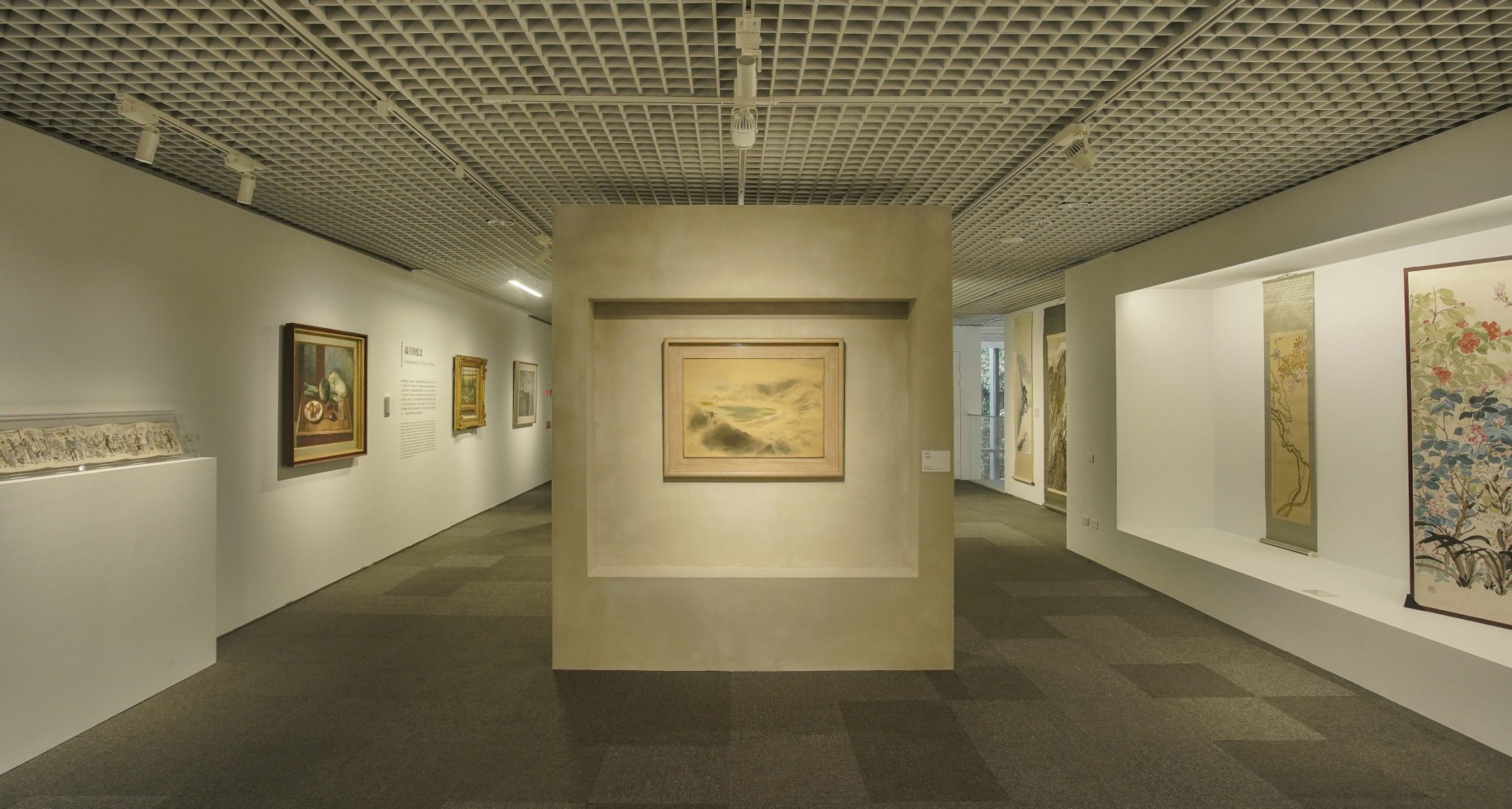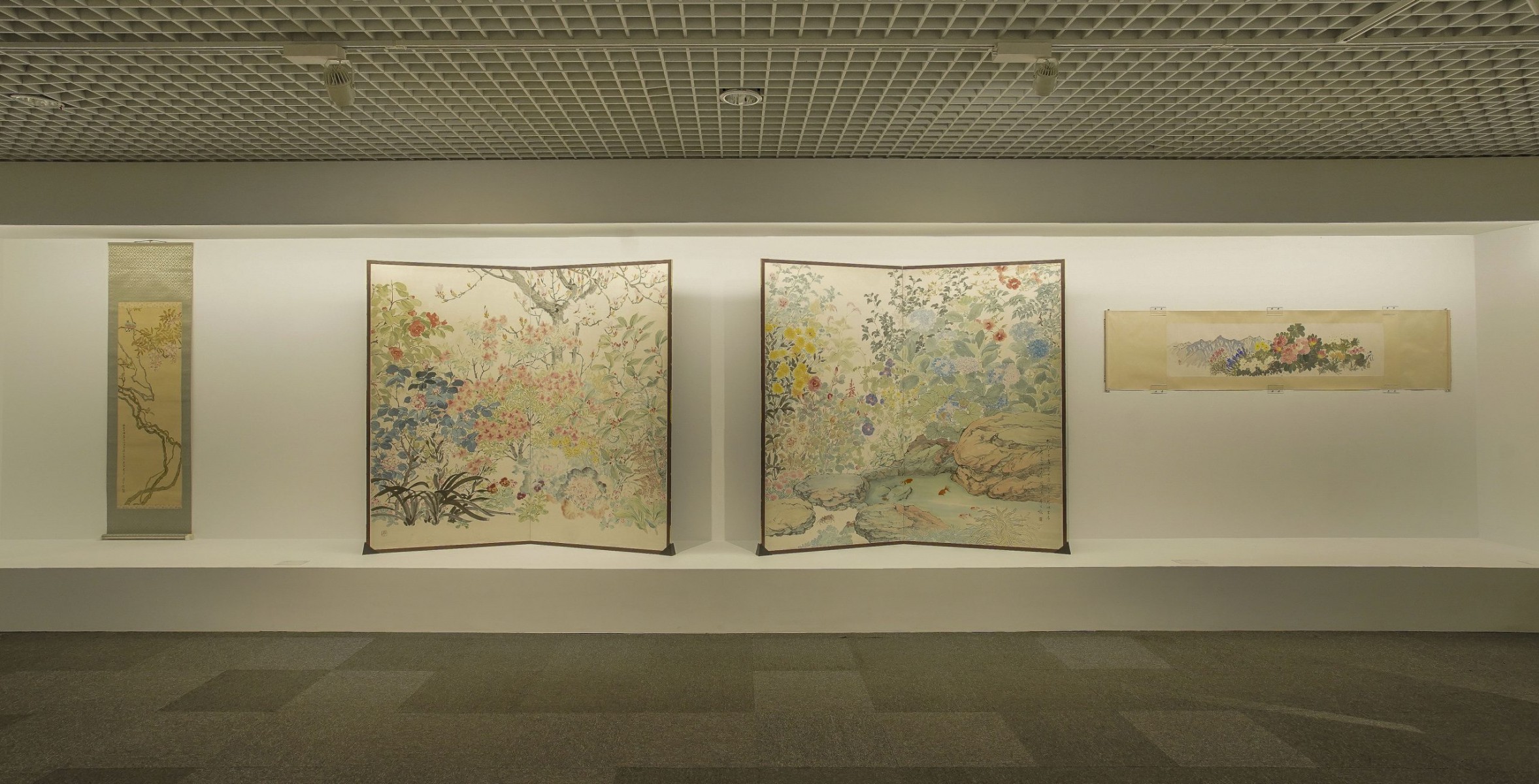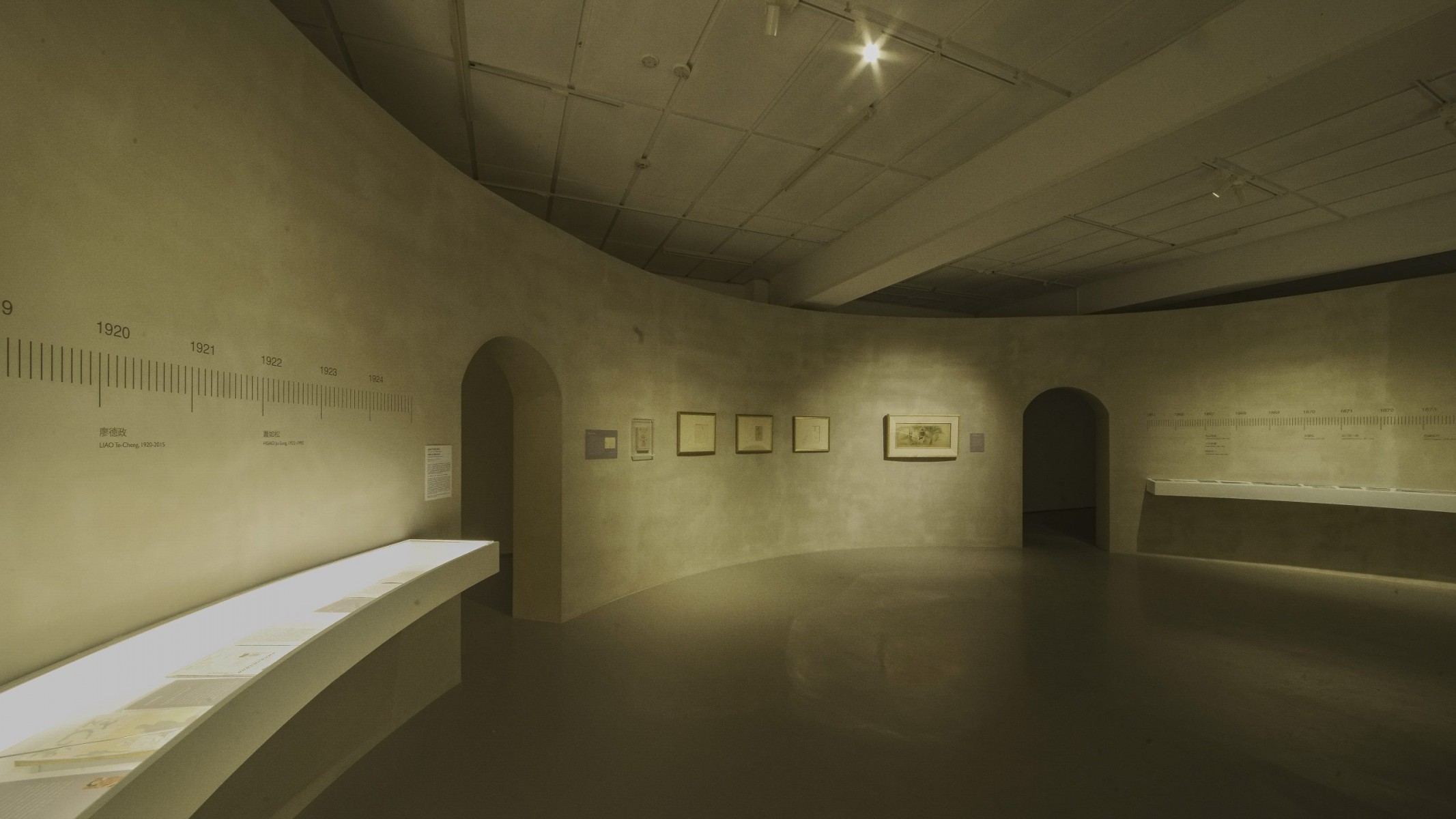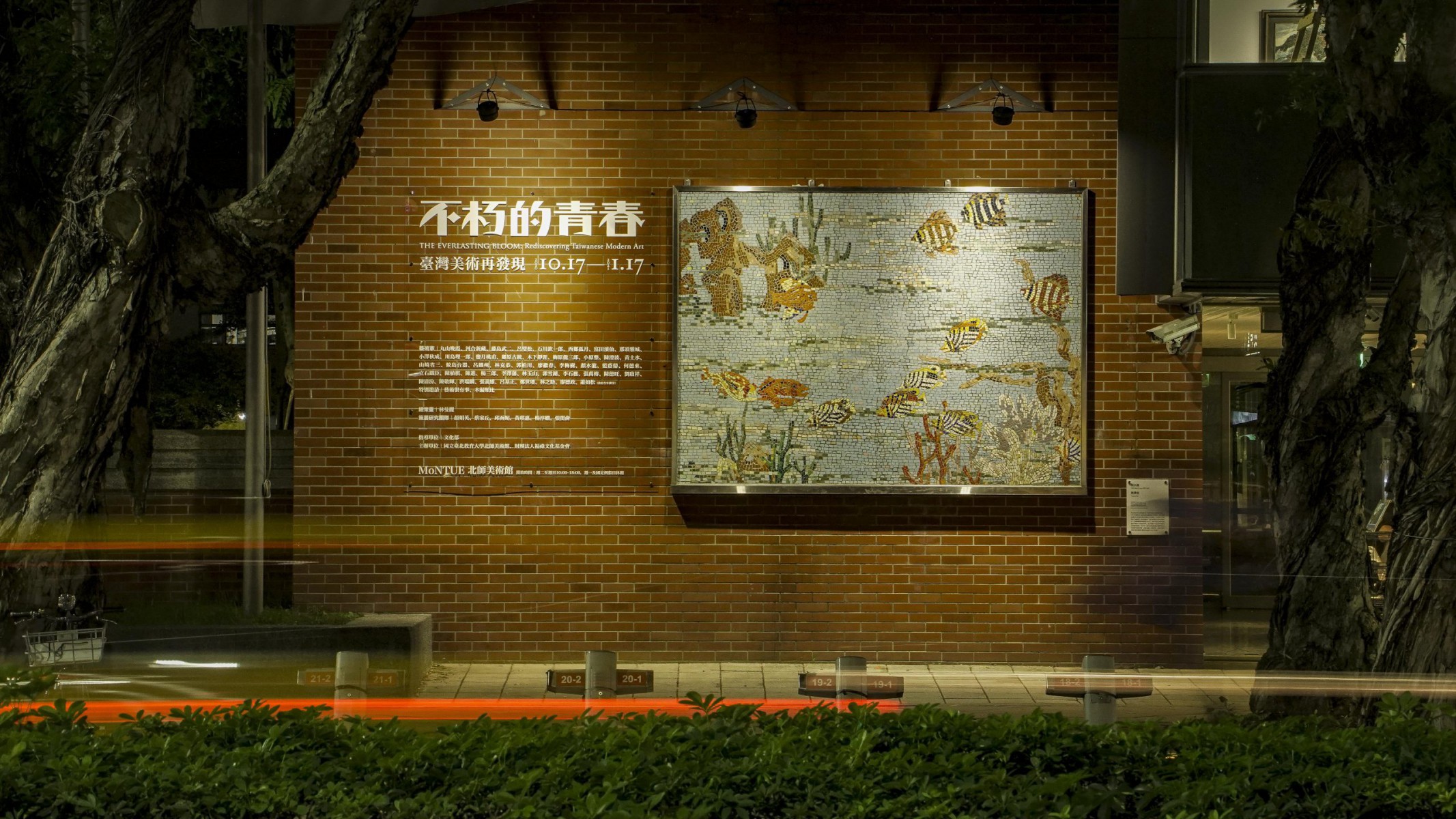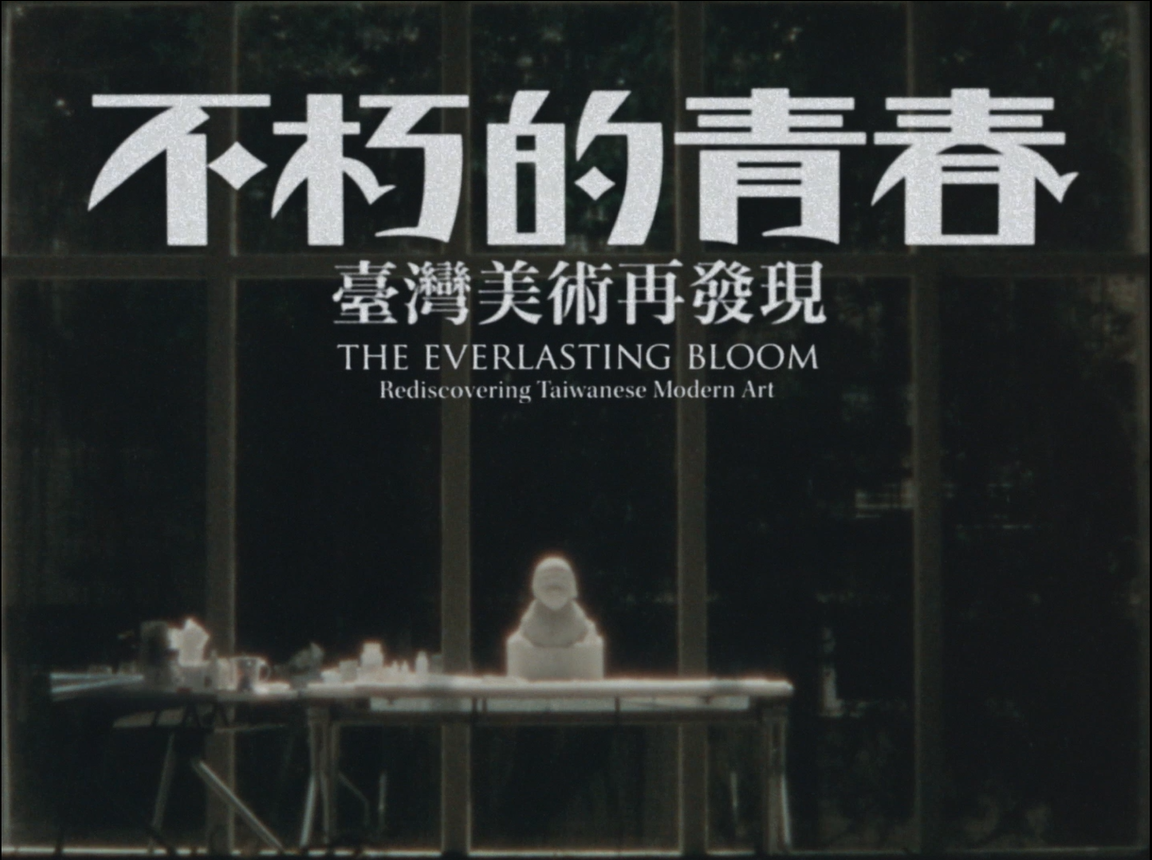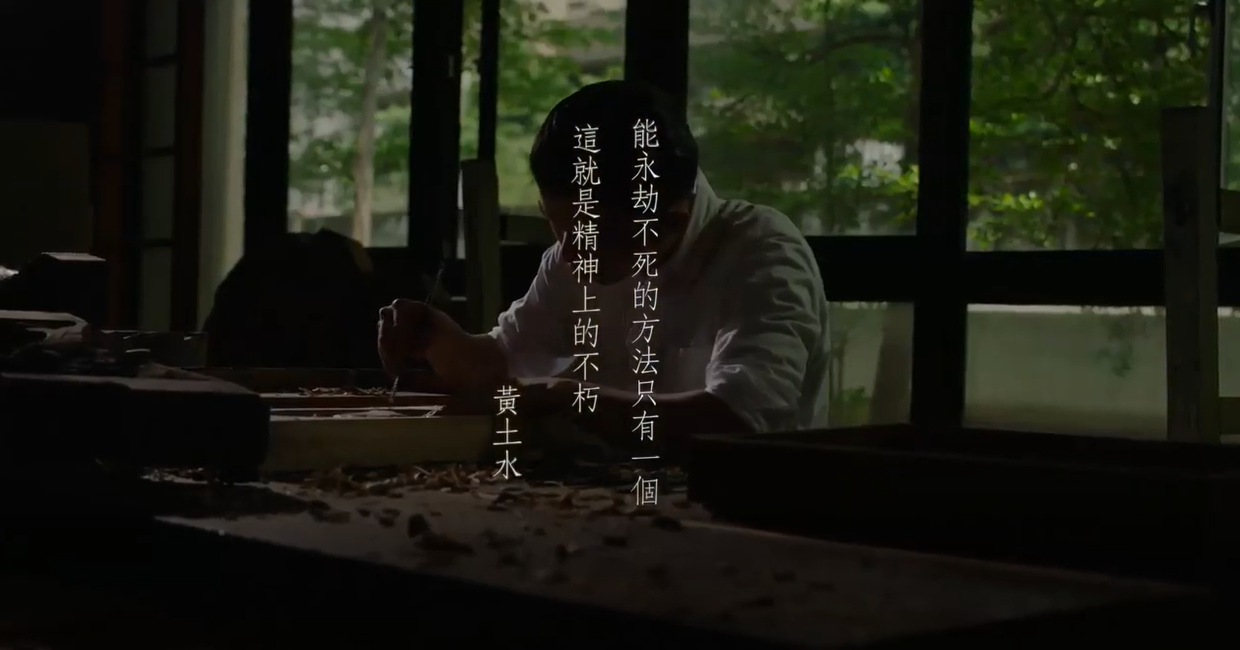2020.10.17 - 2021.01.17The Everlasting Bloom: Rediscovering Taiwanese Modern Art
By the 1920s, modern art was bursting with energy in Taiwan. Art-making and art appreciation were deemed by the youth of the time as key parts of the modernization and symbols of civil societies of the new era. Artists who won positions in major exhibitions were put on pedestals and their works regarded the monuments in Taiwan. Loaded with expectations of the families and the society, many aspiring young artists traveled to Japan and Europe to receive education and immerse themselves in the new atmosphere. The experiences would prove to be profound for their later careers in Taiwan. The creative fruits of their endeavors transcended political differences of the time and became treasures of Taiwan’s cultural memory. Not only did these artworks document Taiwan’s transition into modernity, the vision of those pioneering creators also broke down the conventional artistic barriers in all aspects. While the artists received rigorous technical training, they continuously strived to develop unique style characteristic of the era: some of them reflected on the possible ways to depict the mountains, flora and fauna of their homeland, or portray their beloved ones; some recorded their life memories or their observations during travels; and some incorporated different cultural traditions into their paintings, or took a step further to envision the next century of Taiwanese art. These early artists’ thoughts, feelings and passions about the modernity all blossomed vibrantly in their works. Sponsored by Fu Lu Culture Foundation, the research team is led by Dr. Yen Chuan-Ying, a Research Fellow at the Institute of History and Philology, Academia Sinica, and comprises scholars from National Taiwan University and National Taiwan Normal University. Their meticulous research led us to many prized yet rarely-seen artworks in the possession of artists’ families, private collectors and public museums. Drawn from the research, this exhibition features seventy-four newly-studied, newly-restored works by forty-seven Taiwanese and Japanese artists, and is divided into six themes: “The Dawn of Awakening,” “The Gaze of Life,” “Surveying Customs and Landscape,” “Remembrance of Passing Years,” “Reforming the Tradition” and “The Traveler’s Eye”. In addition to paintings and sculptures, drawings, archival documents as well as documentary films are also on display. The exhibition title, The Everlasting Bloom: Rediscovering Taiwanese Modern Art, is inspired by artist Huang Tu-Shui’s essay “Born in Taiwan” (1922) and aims to show the zeitgeist embodied by this generation of artists through their relentless quest of “spiritual immortality.” The “rediscovery” refers to not only the newly unearthed works that were once considered missing, but also the “re-examinations and re-interpretations” of the historical material related to the works. It is hoped that this exhibition can enable the audience to engage in dialogues with the past, and open up more possibilities beyond cultural boundaries.
